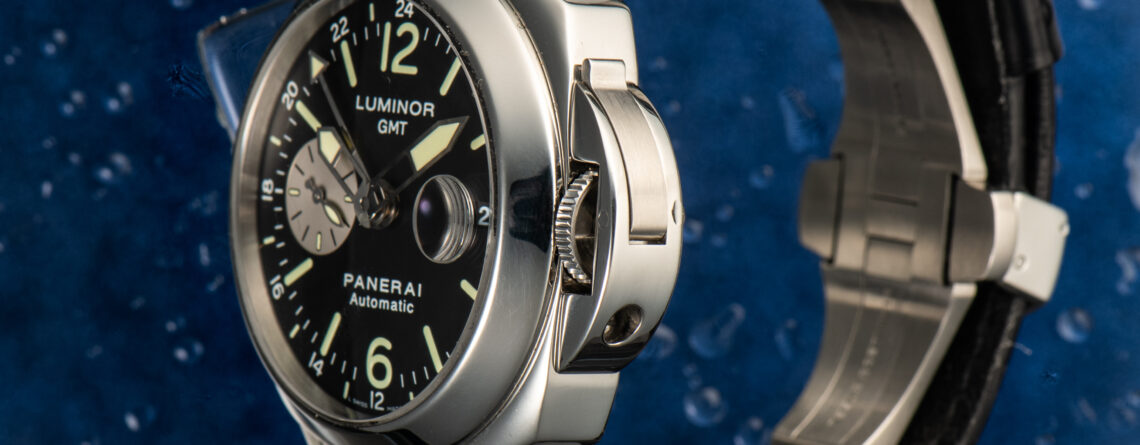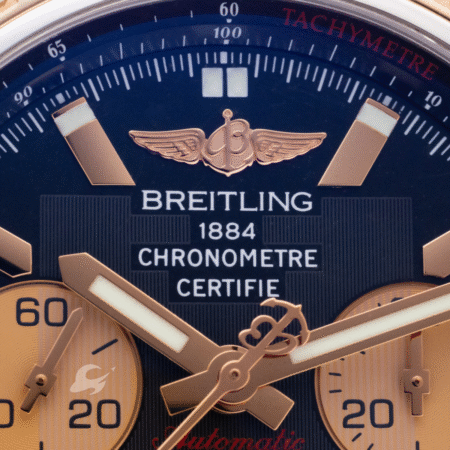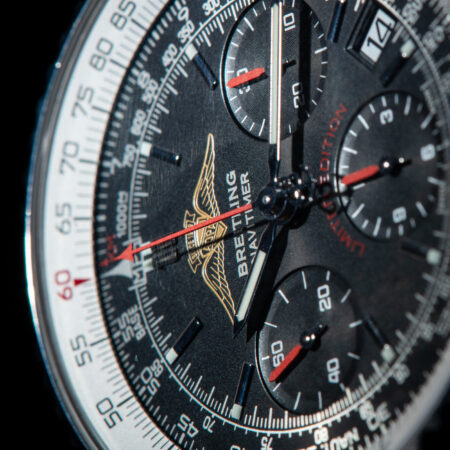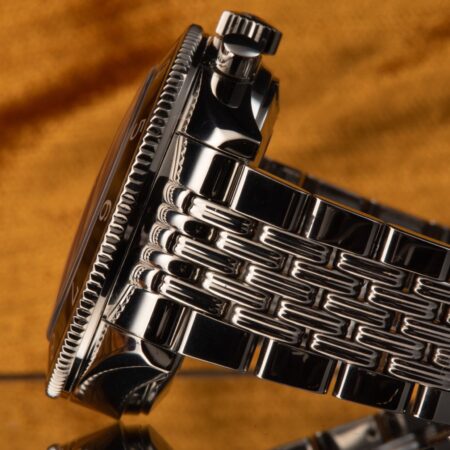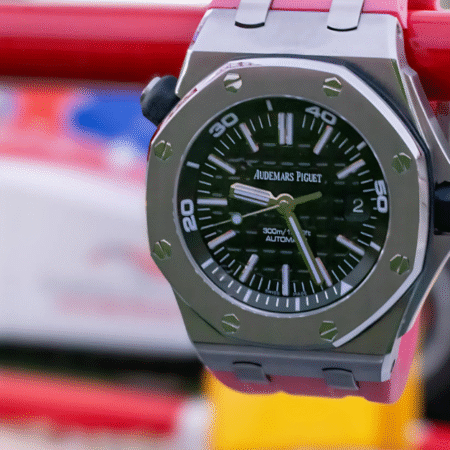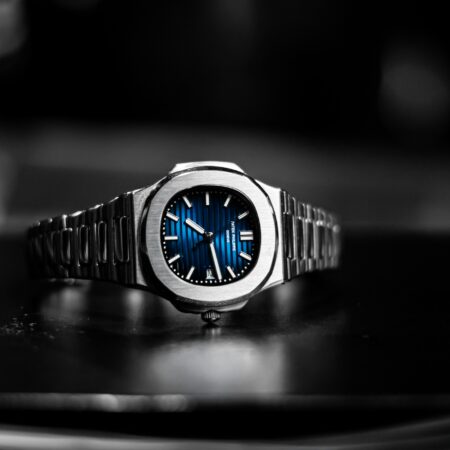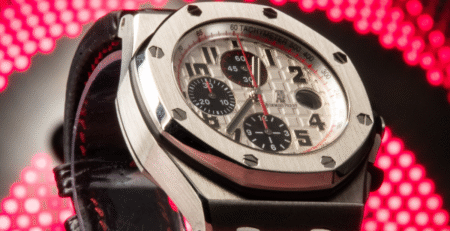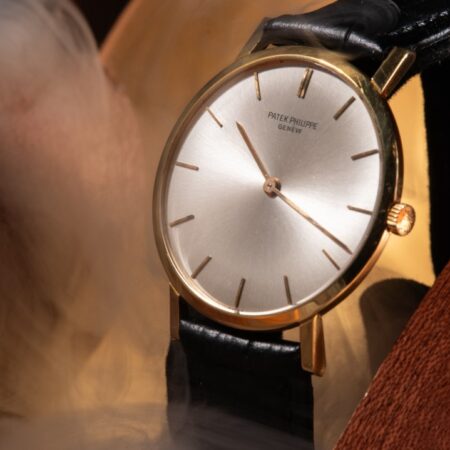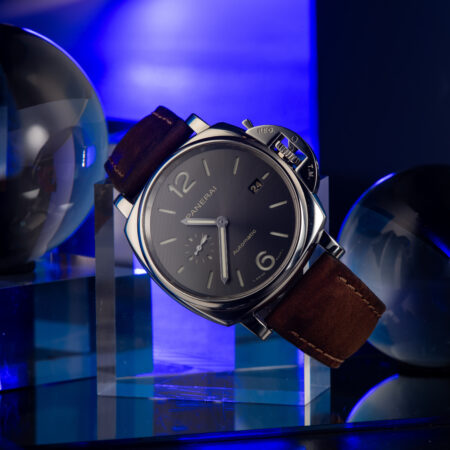Been diving deep into GMT maintenance lately after comparing notes with several watchmakers and long-time owners. Some of what I learned surprised me, so I figured I’d share in case it helps anyone else.
Service intervals – what I’m finding
The official recommendation is inspection every 2 years, but most independent watchmakers I’ve spoken with suggest 5-7 years for ETA-based movements under normal wear. The in-house P.9000 family can theoretically go 7-8 years, though some watchmakers are seeing post-2020 examples that might benefit from slightly more frequent attention.
Water resistance testing is a separate consideration – annually if you swim with it regularly, every couple years otherwise.
Crown guard maintenance
The crown guard mechanism needs consistent handling to stay in good shape. Fully open the lever before adjusting the crown, and close it with firm, even pressure. If you notice vertical play in the lever exceeding about 0.5mm, it’s worth having it looked at before any water activities.
Movement considerations
GMT movements use more power than time-only calibers – roughly 15-20% more. Keeping them at least partially wound helps with lubrication distribution. The older OP VIII calibers with 42-hour reserves need more frequent attention than the newer 72-hour movements.
If your GMT hand gets out of sync with the time display, it usually indicates worn differential gearing that needs professional attention.
Material-specific notes
Each case material has its quirks:
- Carbotech shouldn’t go in ultrasonic cleaners – the vibration can affect the composite structure. Stick to damp microfiber cloths.
- Ceramic is incredibly scratch-resistant but can shatter from impacts on hard surfaces.
- Titanium shows fingerprints easily and can be affected by chlorinated water over time.
- Steel is the most forgiving but shows scratches most readily.
Service options
Official service centers typically replace rather than repair components and automatically refinish cases. Independent specialists often take a more conservative approach, repairing when possible and preserving original finishes. Costs vary significantly — I’ve seen $600-900 for movement-only service at independents versus $1200-1800 for full service at official centers.
Documentation
Keeping good records helps with value retention. Save all purchase documents, service receipts, and consider photographing unique characteristics of your specific watch. If you have a limited edition, documentation becomes even more important.
Magnetic fields
GMT movements generally lack antimagnetic protection. Common sources like tablets, laptop closures, and security scanners can affect accuracy. If your watch suddenly gains 30+ seconds daily, magnetization is a likely culprit – most watchmakers can demagnetize for a modest fee.
Storage
For long-term storage, aim for stable temperatures (18-24°C), moderate humidity (40-50%), and darkness to prevent lume degradation. Manual movements benefit from monthly winding (20-30 turns), while automatics can use a winder set to 650-800 rotations daily with rest periods.

